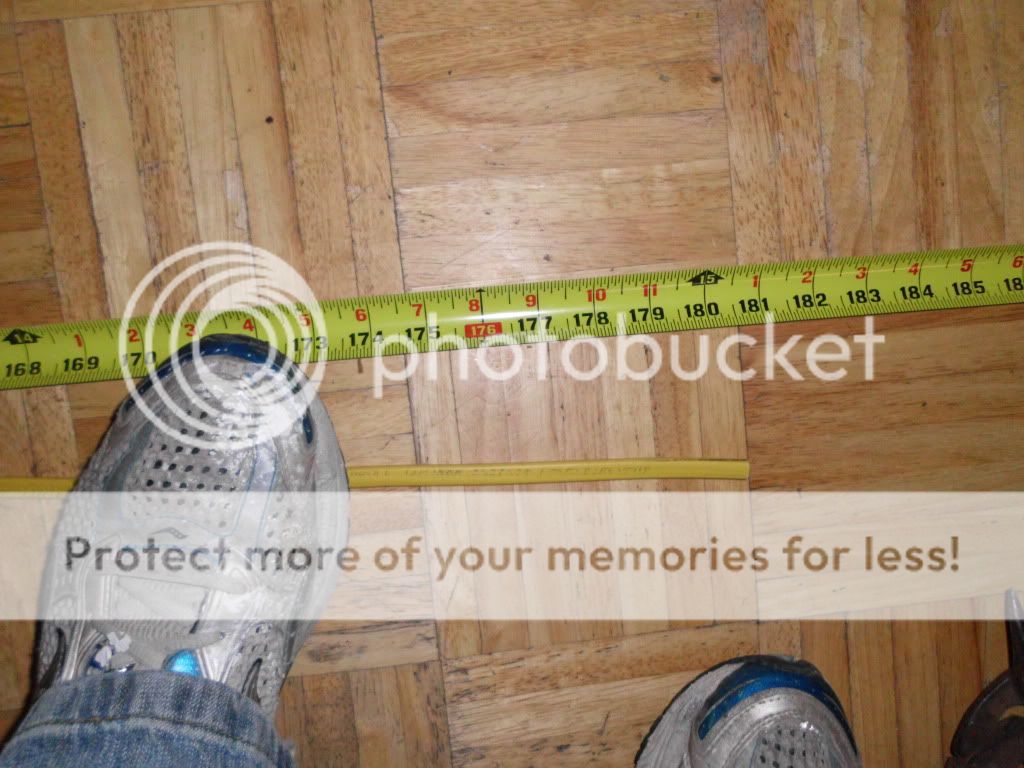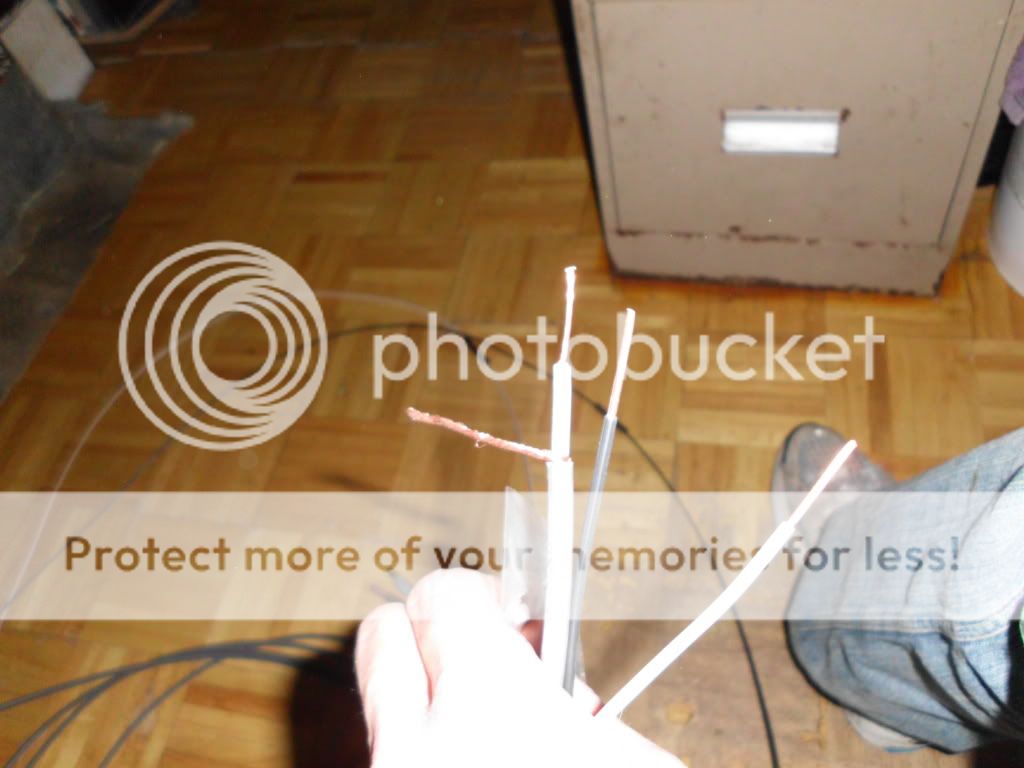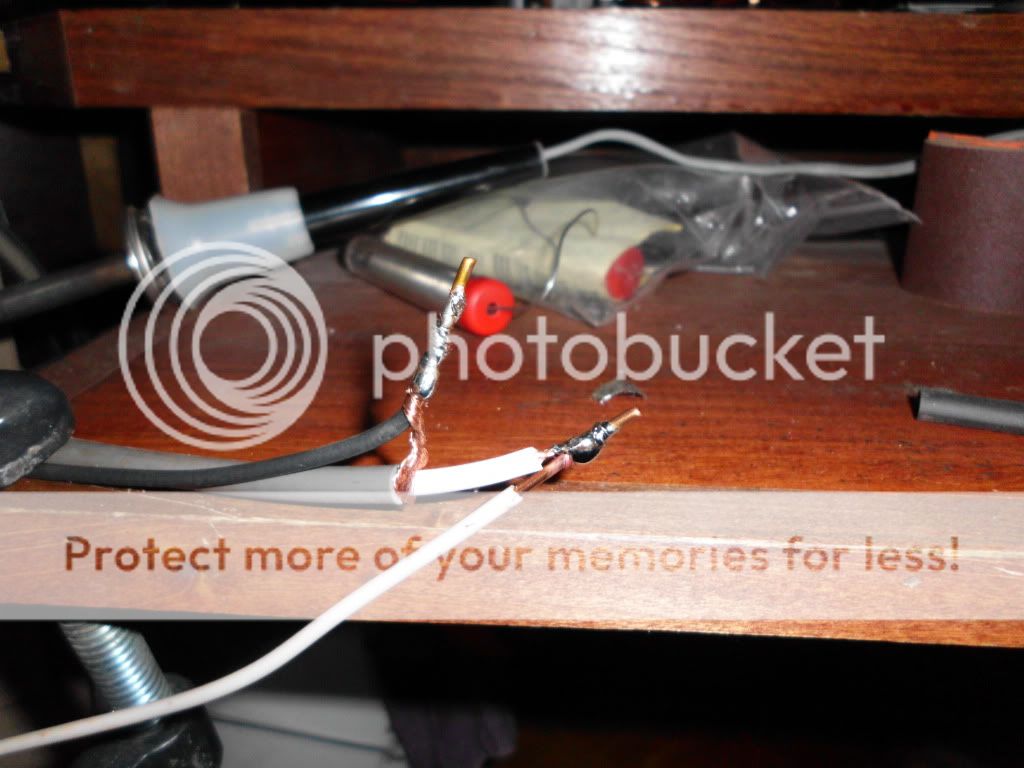if I divide 468 by 28.4 I get 16.71 is that feet? if so convert to inches at 200.57
using a random wave length calculator on line I resolved that 1 full wavelength at 28.400 Mhz is 421.7 inches so half that would be a half wave length correct? for a total of 210.3 inches for a half length dipole.
so I wind up with almost a foot difference using that calculator and the formula you recommended... what am I missing?
using a random wave length calculator on line I resolved that 1 full wavelength at 28.400 Mhz is 421.7 inches so half that would be a half wave length correct? for a total of 210.3 inches for a half length dipole.
so I wind up with almost a foot difference using that calculator and the formula you recommended... what am I missing?



